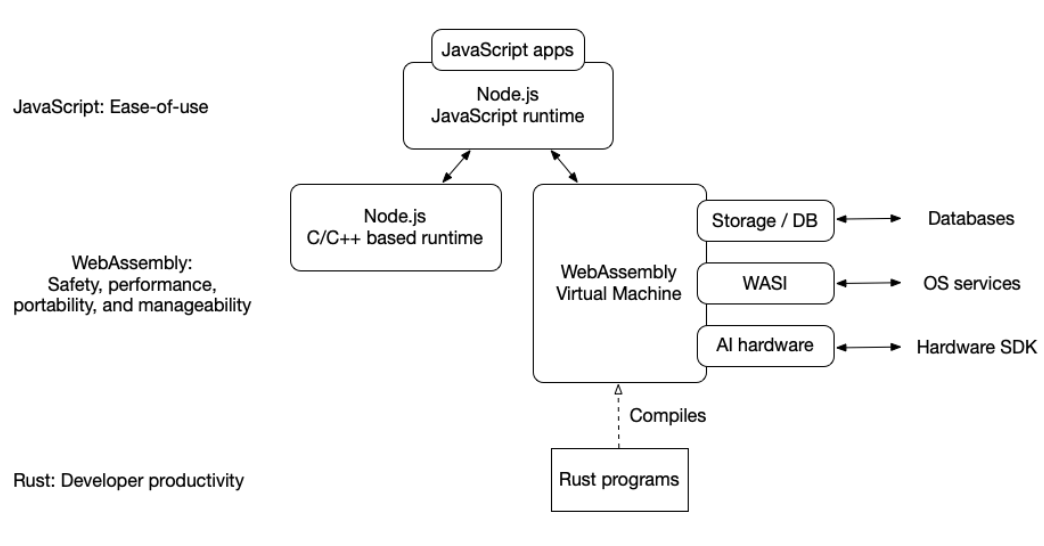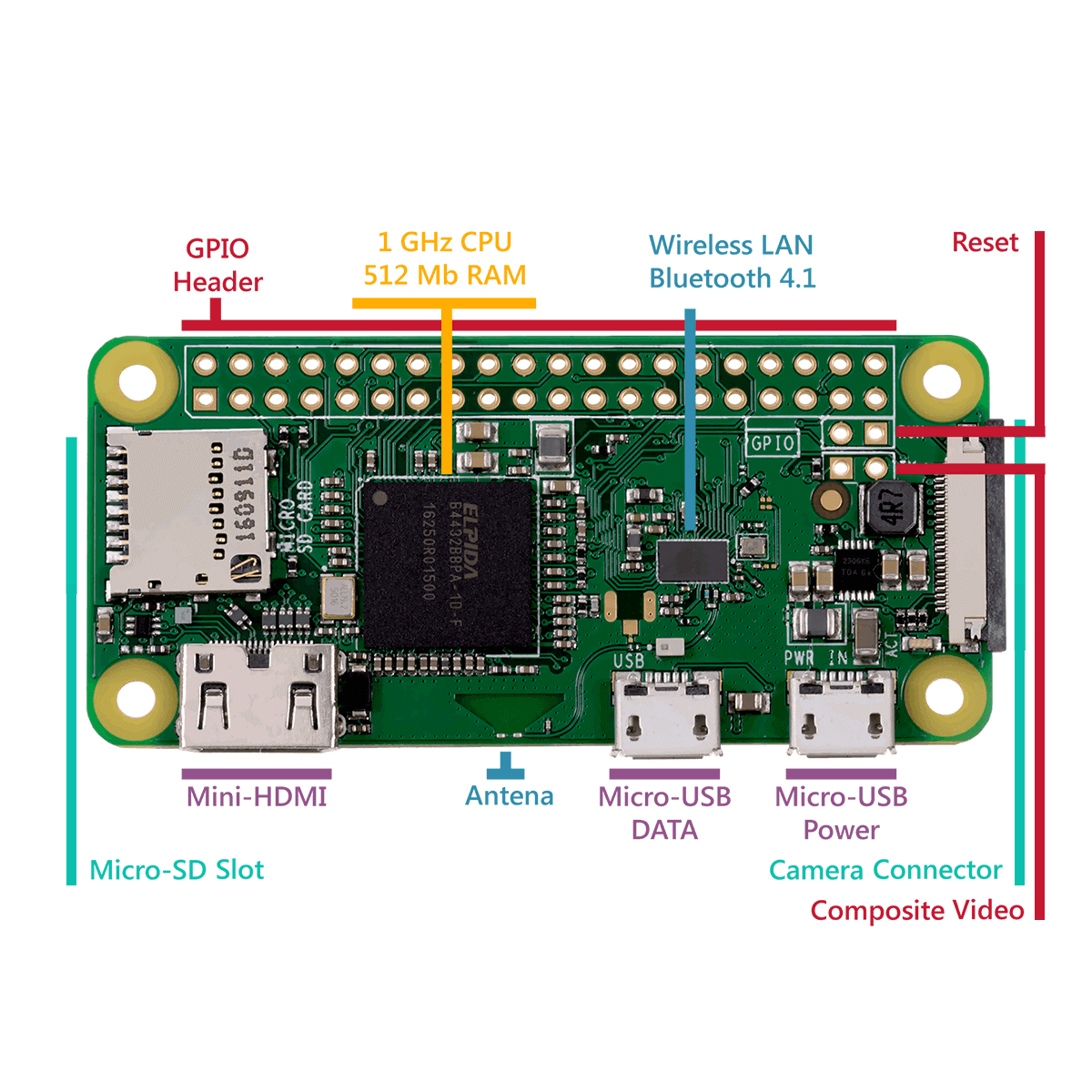No purchase necessary. Learning and coding are mandatory! Offer ends on September 30th 2020.
- Learn to create a high performance Node.js application. In the process, you will learn how to write simple functions in the Rust programming language.
- Share your source code and learning experience to the community via social media.
- We will send you a FREE Raspberry Pi kit ($25). You can use it as a personal dev server.
How to claim your Raspberry Pi and certificate
Here are the steps to claim your Raspberry Pi and certificate.
- Read a short article to learn what is Software Performance Engineering, and why Node.js / JS developers should care.
- Follow the examples in the Getting Started Guide to learn how to create a simple Rust function that runs inside a Node.js app.
- Fork the ssvm-node.js-starter template projectand change the application — in particular the Rust function — to something useful in the real world. Here are some ideas to get you started. Please note, your contribution must be unique and open-source.
- Math education web app
- Image recognition as a web service
- Machine learning and visualization
- Converting Markdown to HTML (developed by SSVM user)
- An image service(developed by SSVM user)
- CSS Random Color Generator (developed by SSVM user)
- Creating a watermark on images (developed by SSVM user)
- Describe what your application does in the ReadMe.md file. Let other people know what your great project does.
- Write a summary of your app and post it on social media or the developer community.
You are almost done. The next thing is to let us know your awesome project.
- Fill out this Google Form to claim your Raspberry Pi kit before September 30th 2020.
- Depending on where you live, we might ship you a Raspberry Pi kit or ask you to purchase one from a local e-commerce site, which we will reimburse up to $25 USD.
Please note: Every one is eligible for one Raspberry Pi only. Please do not join repeatedly if you have won one.
When you got the Raspberry, you can then run the Node.js server and Rust functions on the Raspberry device!
In addition to the Raspberry Pi kit, you will receive a blockchain-based certificate that permanently showcases your achievement and open source project. It looks like this.
 What are you waiting for? Get started today!
What are you waiting for? Get started today!
Feel free to contact us via GitHub issues or E-mail contact@secondstate.io for any questions.
If you’re interested in server-side WebAssembly and Rust, please subscribe toour newsletter.
This event is brought to you by Second State. Follow us on Twitter, Facebook, LinkedIn for more information.
FAQ
Why WebAssembly on the server?
WebAssembly is safe, fast, portable and manageable. The major use cases for server-side WebAssembly are high-performance applications and untrusted code in the cloud. WebAssembly provides near-native performance without sacrificing safety.
Check out WebAssembly is the Perfect Runtime for Server-side (or serverless) Appliactions for more details.
How SSVM works?
SSVM is a WebAssembly runtime optimized for server side applications. SSVM seamlessly supports server application framework, such as the Node.js. You can build high performance Node.js applications with SSVM. SSVM supports safe access to external resources, such as databases, message queues, and even new AI hardware.

This approach combines Rust's performance, WebAssembly's security and portability, and JavaScript's ease-of-use.
Follow Getting Started with Rust functions in Node.js to learn how to speed up your Node.js applications now.
Why don’t just use native app?
SSVM is a WebAssembly runtime. It achieves “near-native” performance and is limited by the WebAssembly security model (e.g., no unrestricted access to native libraries). But, that’s also the advantage of SSVM / WebAssembly. It provides runtime safety, code portability, and manageability (start/stop/hot-swap, etc.).
That’s the same reason why people use Java and JS to write web applications, instead of writing native extensions to Apache or Nginx.
What is the Raspberry Pi Kit

The kit contains a Raspberry Pi Zero W device, storage device, and an operating system.
- 1 GHz ARM CPU
- 512 MB RAM
- 16 GB MicroSD card with Linux pre-installed
- WiFi module
- Bluetooth module
- mini HDMI ports for up to 4K display
- USB ports
- CSI camera connector
- 40 GPIO pin headers
Checkout how to use the Raspberry Pi kit as a headless server or desktop computer.
